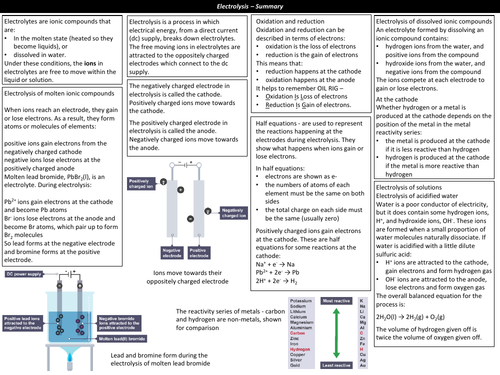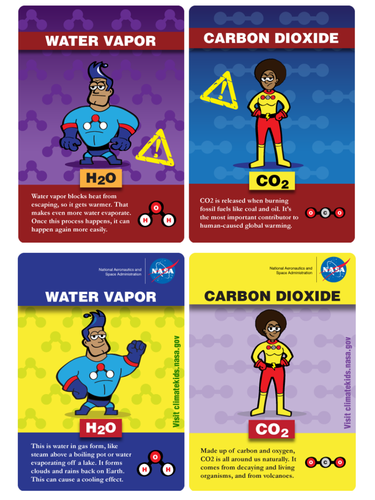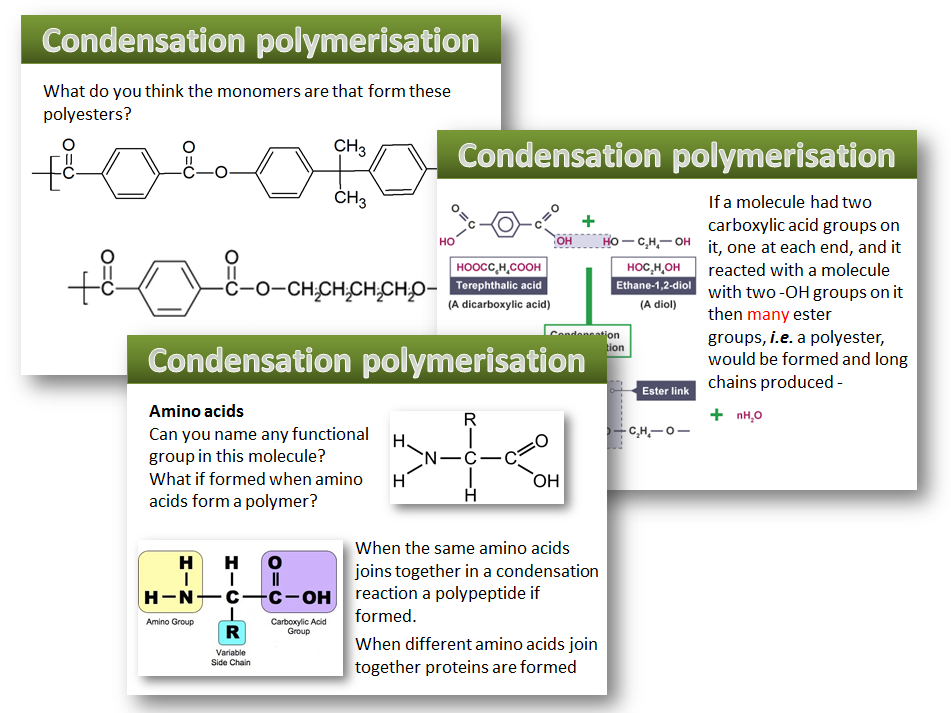
133Uploads
178k+Views
295k+Downloads
Chemistry
Bundle

KS3 Science homework
35 homework tasks for KS3. Each presentation has 3 slides. Slide 1 is the pupil sheet, slide 2 contains the mark scheme and slide 3 has suitable comments to use give a target on how to improve scientific knowledge.
Taken by an OFSTED inspector to give to a school as an example of good practice for a school in special measures

Electrolysis summary sheet
A summary of the key ideas of electrolysis for students to use as a knowledge organiser or revision sheet. I have used it for cover lessons where pupils are asked to create flash cards in lesson and then learn for homework, ready for a test next lesson.

AQA 2016 Chemistry/Trilogy - Phytomining and Bioleaching
A series of resources on bioleaching and phytomining. There is enough material for 2 or 3 lessons depending on lesson length. Plenty of opportunity for pupils to assess their own understanding and work in groups. All answers to activities are included in the presentation. The presentation takes pupils through both processes in a visual way before checking their understanding
Bundle

AQA - Energy Changes
4 lessons for the AQA C5 unit suitable for the whole of the Trilogy Unit and the first part of the Chemistry Unit. The bundle also includes the resources for the required practical on temperature change

AQA Trilogy / Chemistry - Collision Theory
A fully resourced lesson including answers to introduce collision theory for the rate and extent of chemical change unit. Lesson 1 for this unit

Energy Changes in Chemical Reactions
The third lesson in a series of 4 for the C5 topic - Energy Changes. Simple energy level diagrams are introduced and the concept of braking bonds being and endothermic process and making bonds an exothermic process is discussed. The idea of why a reaction eventually is exo or endo is then considered. A fully resourced lesson that can be taught stand alone

Percentage Yield
A lesson taking pupils through how to calculate percentage yield and the reasons why percentage yields are sometimes lower than expected. There are also some worksheets for pupils to complete. I print this on A5. The final activity is a 6 mark QWC question on sustainable development and percentage yield

AQA Chem / Trilogy - Greenhouse gases
A presentation with resources to teach the concept of the greenhouse effect and discuss the need for the natural greenhouse effect. Worksheet and information sheets are provided. This is lesson 4 in a series on the chemistry of the atmosphere, but can be taught as a stand alone lesson

Life Cycle Assessments
A fully resources lesson on life cycle assessments. There are notes on the PowerPoint to help deliver the content / explain how to use the resources.

Formulations - AQA Chemistry / Trilogy 2016
A fully resourced lesson, including practical on formulations. The presentation introduces the theory of formulations before students try to create a formulation of oil, water and emulsifier that takes a required time to separate. This time can be adjusted as required. There are two versions of the same PowerPoint for those who have versions that do not support some fonts
Bundle

Revision Clocks - AQA Trilogy
A separate revision clock for each unit in the AQA trilogy course
7 Biology
9 Chemistry
7 Physics

The Greenhouse effect
A fully resources lesson with a presentation about the greenhouse effect. Keywords are discussed. The main gases responsible for the greenhouse effect are introduced with an activity to research each gas and its effect. This lesson is suitable for KS3 and KS4

Alternative fuels
A lesson looking at the need to find alternative fuels to replace fossil fuels. The advantages and disadvantages of different fuels are considered.

Condensation polymerisation
A presentation with questions linked to the Organic Chemistry unit of the new AQA 1-9 course. There are assessment opportunities and worksheets that can be printed from the PowerPoint

AQA Chemistry / Trilogy - Carbon Footprint
A fully resources lesson with PowerPoint, Worksheet, Assessment and Activity. The presentation discusses direct and indirect activities that add to a persons carbon footprint and some graphical analysis to compare different countries carbon footprint. Lesson 7 for the AQA chemistry of the atmosphere unit, but can be taught as a stand alone lesson.

AQA Trilogy / Chemistry - Required Prac - Temperature Change
A presentation and worksheets to deliver the AQA required practical on temperature change. There are differentiated sheets to help with the graph drawing component of the activity, and some questions related to a linked video. Teacher / technician / students notes included, have been adapted from the AQA material.

Group 0 - the Noble Gases
A fully resourced lesson with various activities linked to the discovery and trends in properties of the noble gases. Also included an activity on the uses of noble gases

Loop presentation of different Periodic Tables
I use this looped presentation at the beginning of a lesson whilst I am taking the register

What pH?
Print the pH numbers on different colours of card if available. Print out the different everyday substances and cut them out. Give each child a different substance and get them to guess the pH of the substance. Show the PowerPoint presentation about the pH of the different substances to see if they were right. The final slide gives you a chance to ask pupil if they can spot any similarities between acidic, alkaline and neutral substances

Atoms and elements - Element exhibition
Get as many samples of elements as possible and use to introduce the idea that there are different elements and how they differ. A presentation and accompanying worksheets are included. Test tubes of air can be labelled as gases etc. If needed




















